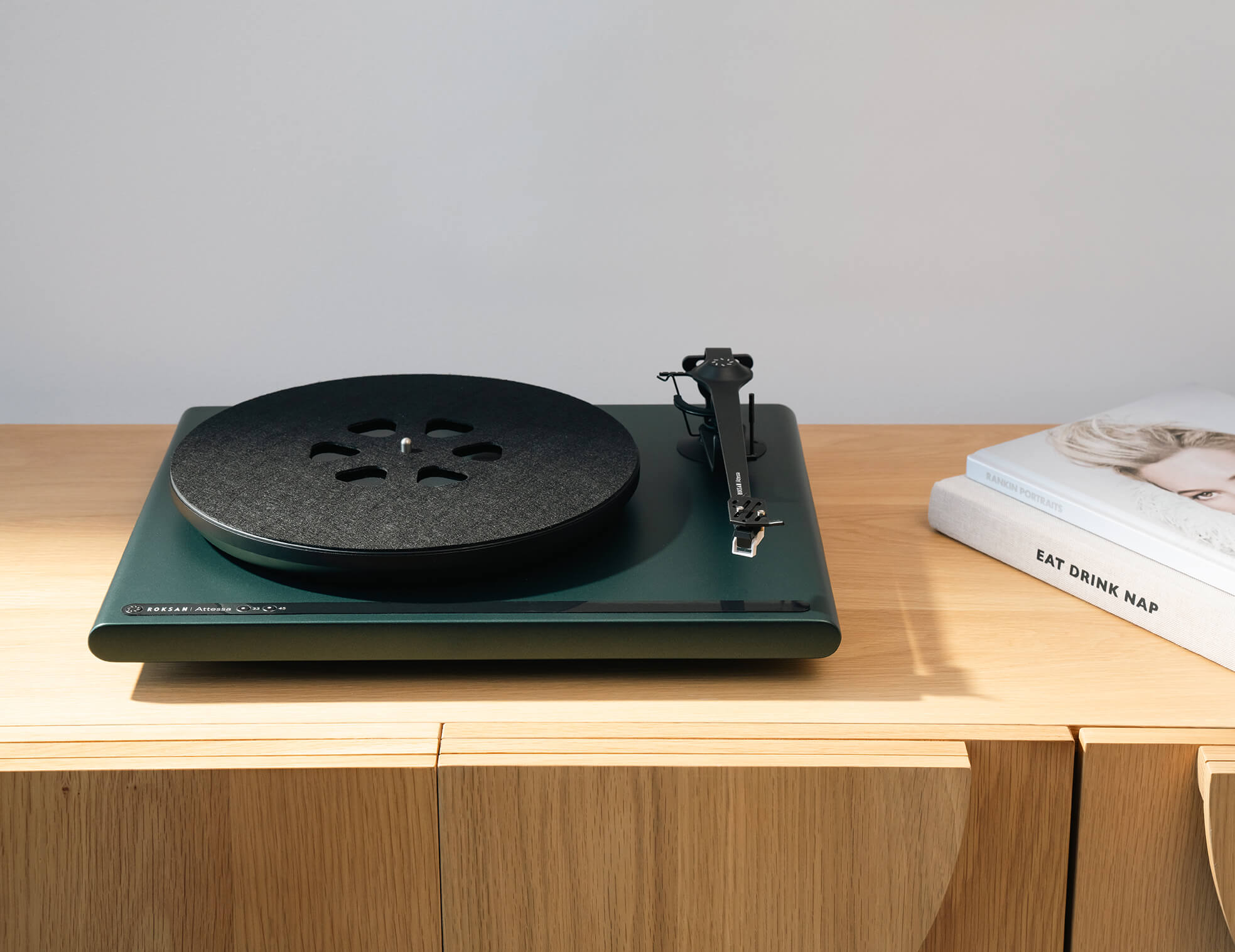Free Delivery | 5 Year Warranty | 30-Day Returns
18th April 2024
Posted in: Company News and Events
Saturday 20th April 2024 marks the 17th edition of Record Store Day. First observed back in 2008, this day celebrates independently owned record stores around the world, with many putting on special activities/events and often selling special releases.
To coincide with Record Store Day 2024, we’ll explore how you can get into collecting vinyl.
Check out some of our favourite records here.
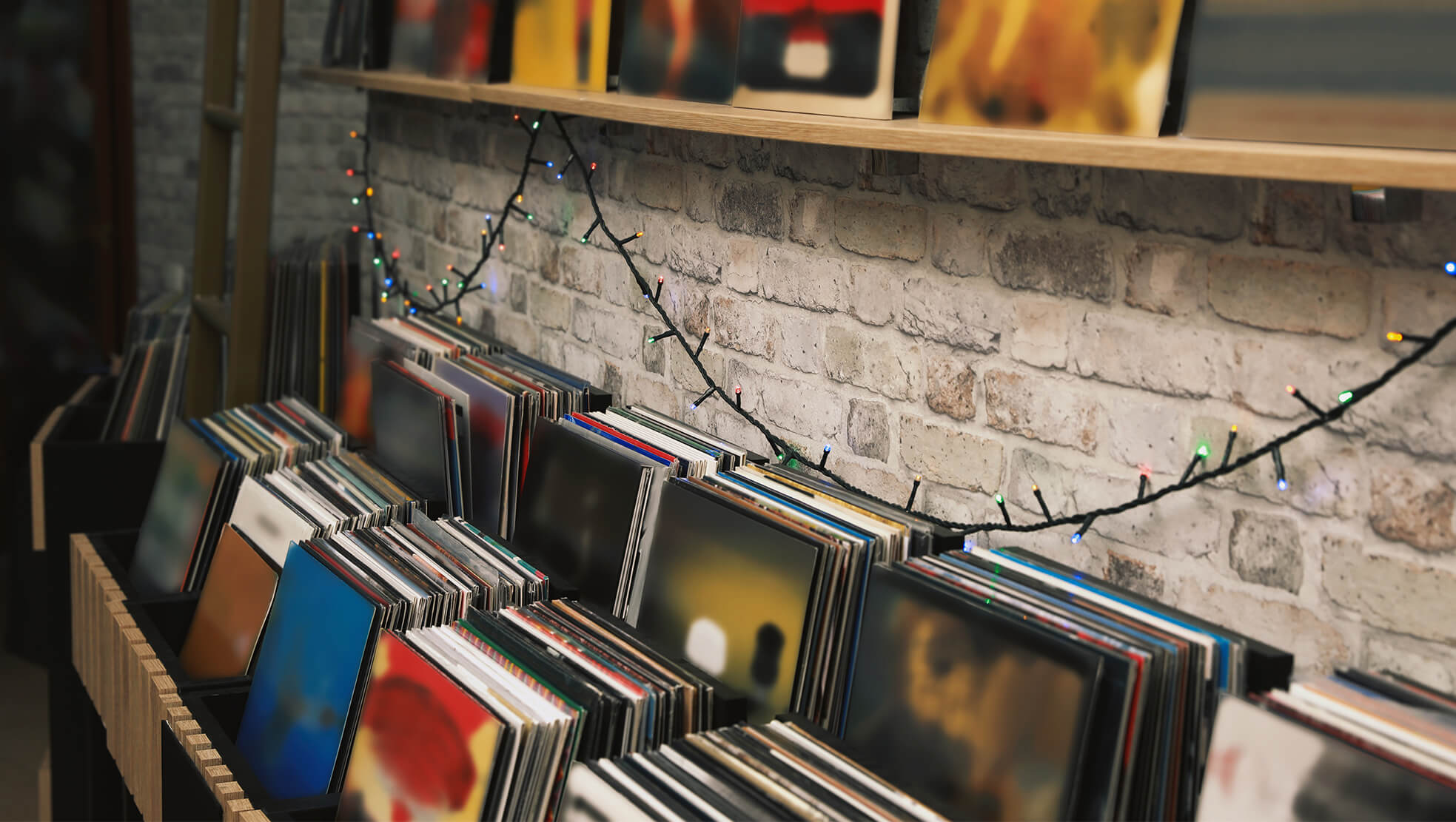
Firstly, we’ll clear up some of the vinyl terminology.
Box Set: A unit with more than three records included. These are often live or compilation releases.
Double Album: A record with two full-length LPs packaged as one. The rare triple album refers to three LPs sold as one unit.
EP: Short for ‘Extended Play’. Can be seen as a ‘mini album’, typically consisting of around 4-6 tracks and lasts around 20 minutes.
Gatefold: A record sleeve which opens out like a book or gate.
Inner Sleeve: The sleeve inside the record sleeve, designed to protect the vinyl.
LP: Short for ‘Long Play’. A full-length album, which lasts around 40-45 minutes.
Mono: A record with only one channel of audio.
Single: A single record, with one track on each side.
Outer Sleeve: The outer cover of an album, containing the artwork.
Stereo: A record with two channels of audio.
Vinyl: The material used to produce vinyl records. Can be used to refer to the format as a whole.
Firstly, you’ll need to purchase your hi-fi equipment to play records. This will consist of a turntable, phono stage, pre-amplifier, power amplifier, and speakers. These can either be purchased separately, or together in a more affordable record player. The former setup is usually recommended for better audio quality and future upgrade opportunities.
For more information on how to pick the right setup, check out our turntable and amplifier guides to help decide which products are best for you.
Vinyl can be found in a lot of places, both in-person and online.
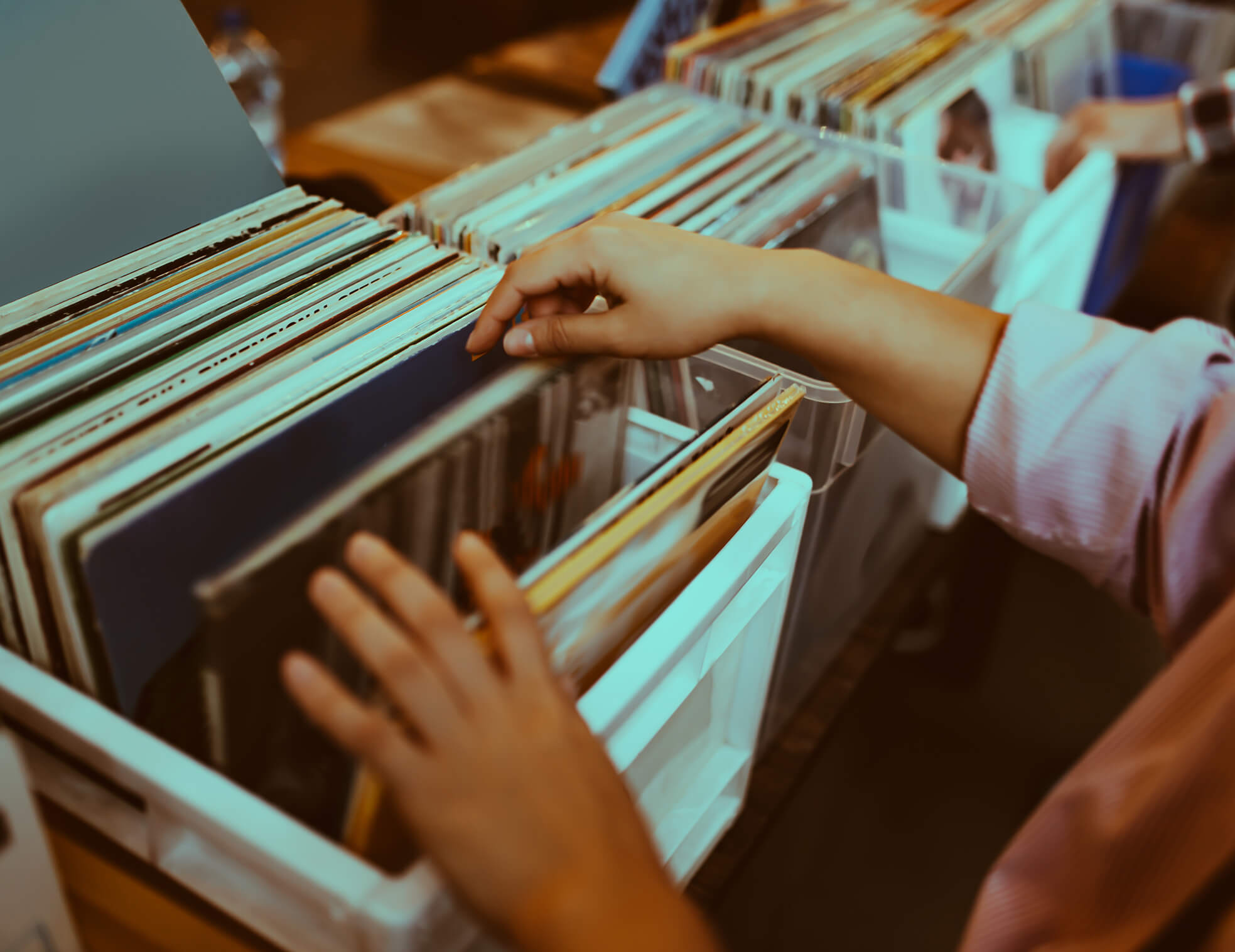
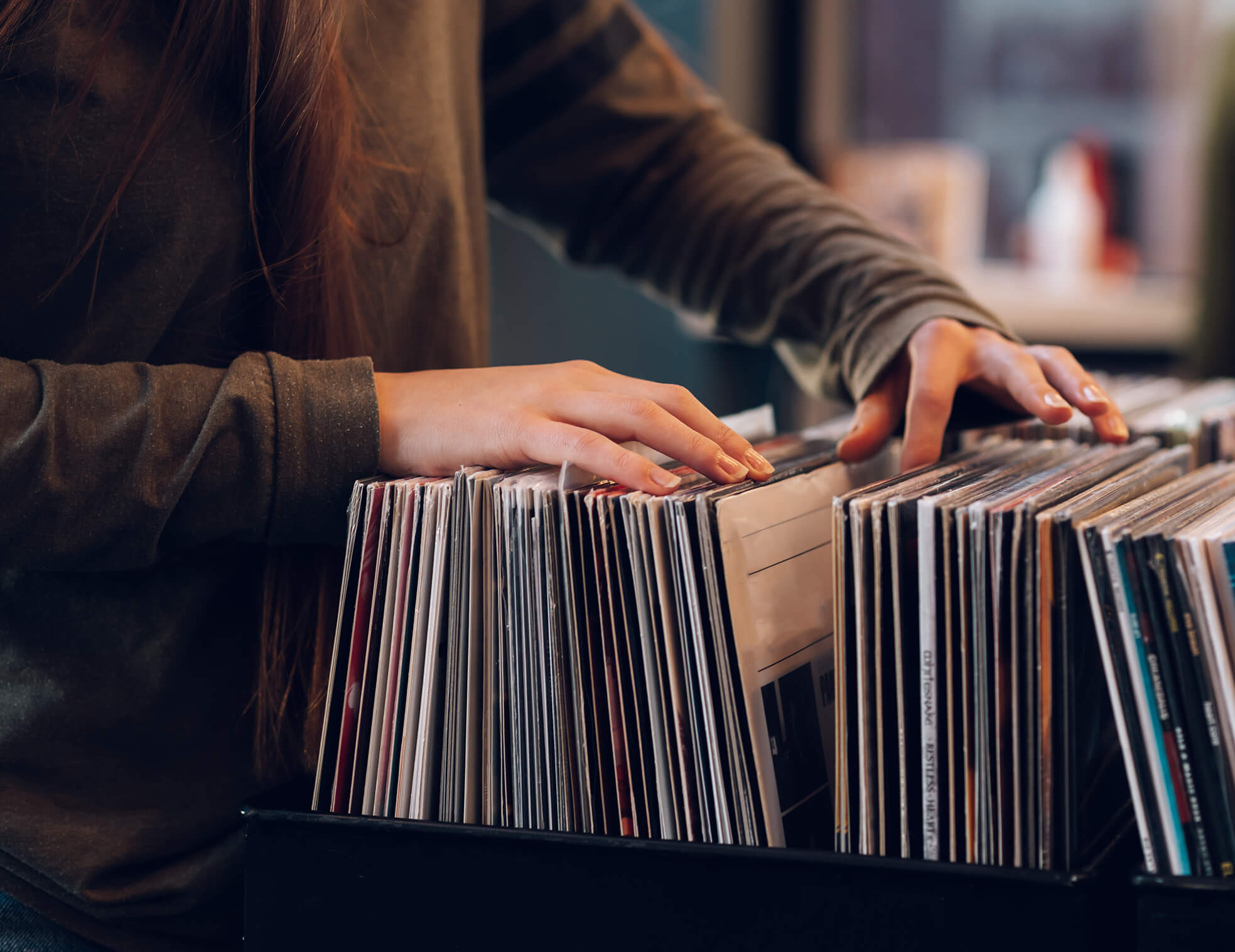
Some chains, such as HMV in the UK, sell vinyl. However, small, independent record shops typically offer a better variety of records from both big and small artists and labels. Furthermore, record shops almost always sell used records in addition to new releases, meaning you may find some rare releases from your favourite musicians. The number of independent record shops in the UK reached a 10-year high in 2024, largely due to the resurgence in vinyl in recent years.
In addition to this, many vinyl stalls operate at local markets and fairs.
In addition to the chains and online retail giants, many independent stores have online stores where you can order your records. In addition to these, you can use auction sites such as eBay to purchase old records.
Discogs is also a great tool for vinyl collectors. This database and marketplace allows users to catalogue their collection, find the value of their records, and trade with fellow enthusiasts.
Purchasing brand-new records can be costly, especially with remastered/remixed albums and double LPs.
Charity shops are often a good place to look for cheap records, where you might find some rare records for a great price. It is recommended that you check the quality of the records in charity shops, as they may be well worn or damaged.
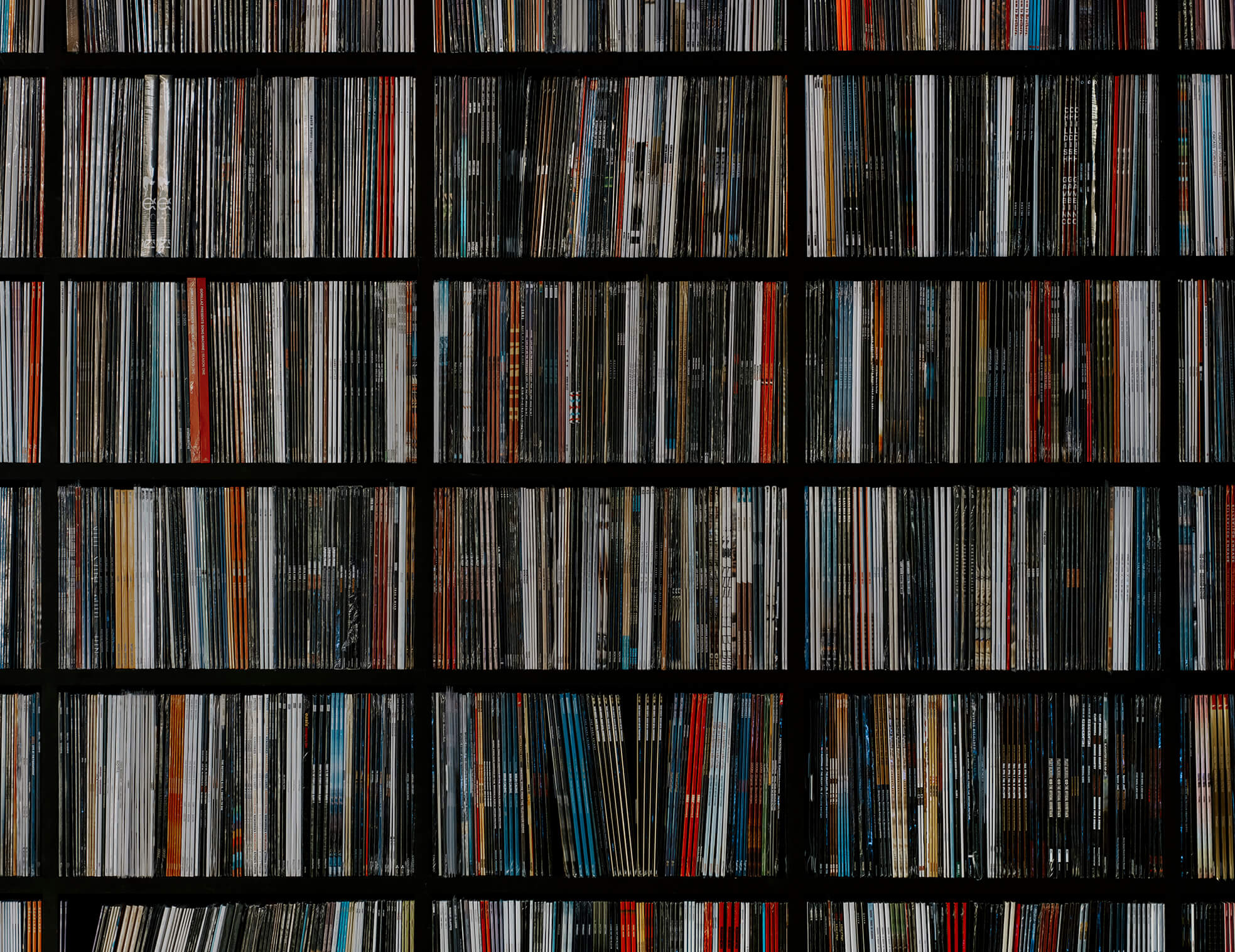
When looking at used vinyl, you can easily get confused with the grading system used by many sellers. Both the vinyl and sleeve can be graded together or separately. Here, we have compiled a handy guide.
This means that the vinyl has never been played, and usually has never been opened. The vinyl and record are in the same condition as when they left the factory.
This is the second-best grade. The record has been opened from the factory seal but shows no signs of wear or damage on either the disc or sleeve. Often, Near Mint records have never been played, or at most a couple of times.
Excellent is sometimes used as a category. This grading indicates that the disc is slightly worn from handling and use, but in great condition otherwise. The sleeve shows slight wear but no substantial damage.
Better quality Very Good records/sleeves, typically marked Very Good Plus (VG+) still provide a decent sound, but show more signs of wear. There might be some minor scratches on the disc, which won’t impact playback or quality. The cover may show more wear on the corners. Often very good value for money given the great condition.
The VG grading indicated heavier wear, and where audio playback may be significantly worse. Scratches and unwanted noises may be heard on the record. The cover may start to show signs of ‘ringwear’, which is where record sleeves have a circular mark from where records aren’t stored correctly.
Albums marked Good typically show far more wear than Very Good, and counterintuitively aren’t often great investments for playback. Whilst some Good records can be played through without skipping, significant distortion is present on most discs.
Both the vinyl and disc quality are often quite poor and aren’t recommended if better alternatives are available.
These are in terrible quality, and you will rarely find products with these categorisations. The discs can be described as ‘unplayable’, and the packaging has been drawn on, torn, and/or faded significantly.
These may be sold occasionally, but often as a collectors’ item if they’re a rare release.
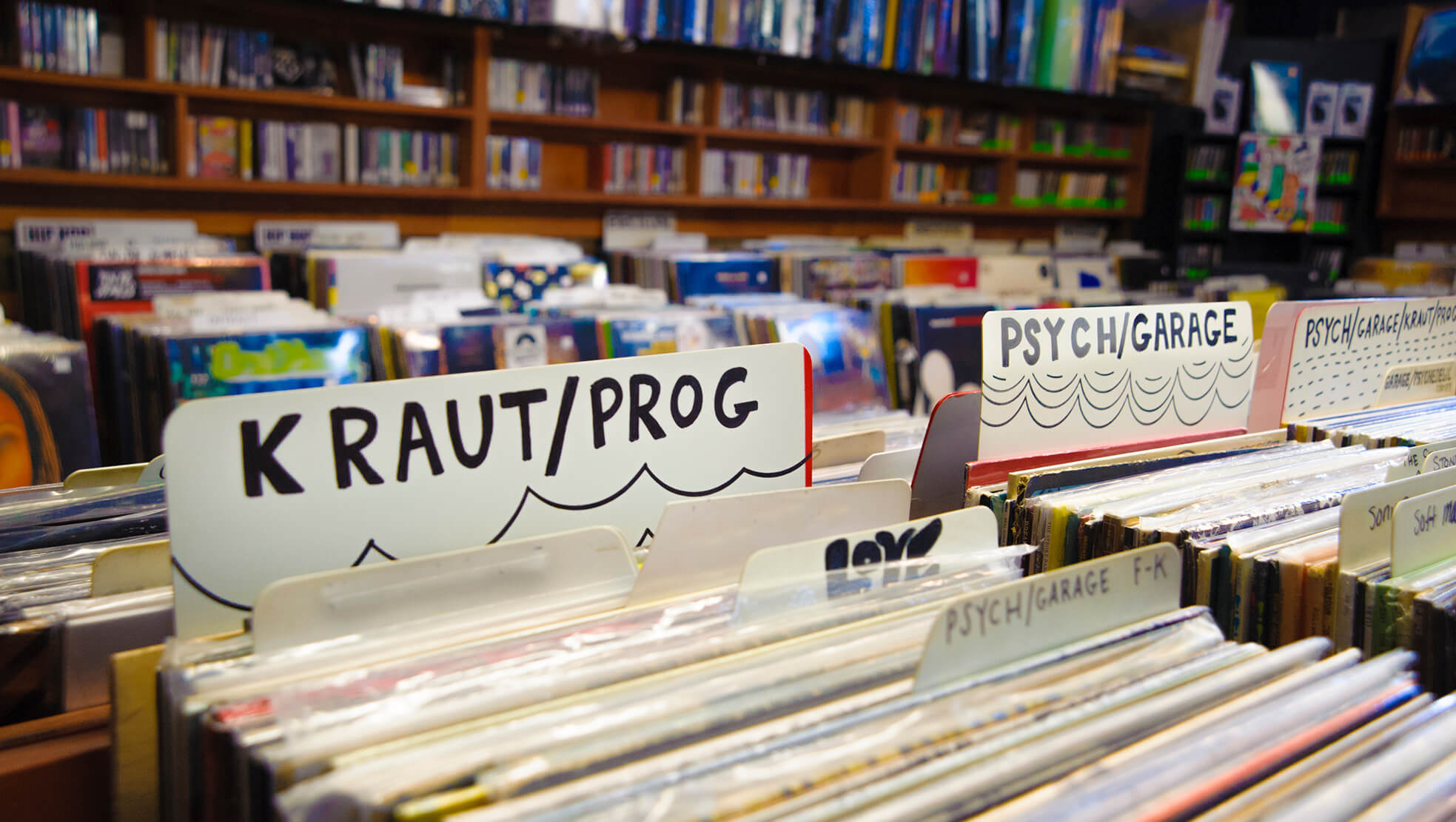
Check out Record Store Day’s website to find local events and venues.
If you’re looking for a new turntable, Roksan’s multi-award-winning and stylish Attessa Turntable. In his Hi-Fi Choice Recommended review, Ed Selley describes the turntable as “impressively musical”, praising the “decent spec, solid build and attractive aesthetics”.
